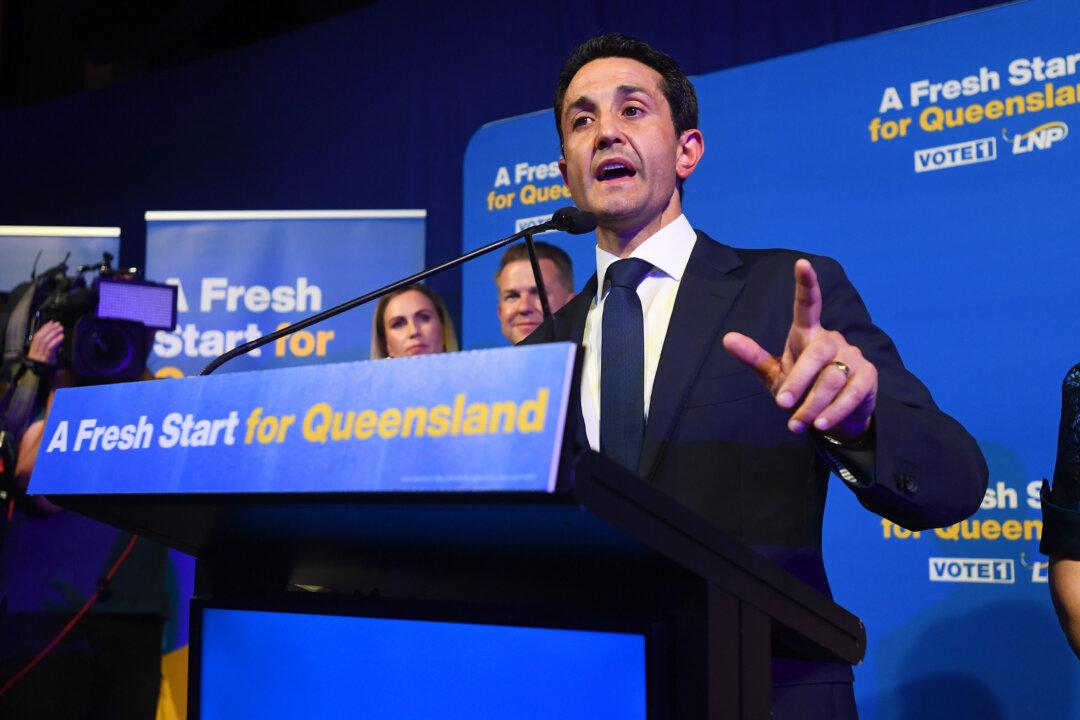News Analysis
As the dust settles on the defeat of the decade-long Labor government in Queensland, key trends will be examined with interest from political strategists around the country—notably with the federal election on the horizon.

As the dust settles on the defeat of the decade-long Labor government in Queensland, key trends will be examined with interest from political strategists around the country—notably with the federal election on the horizon.